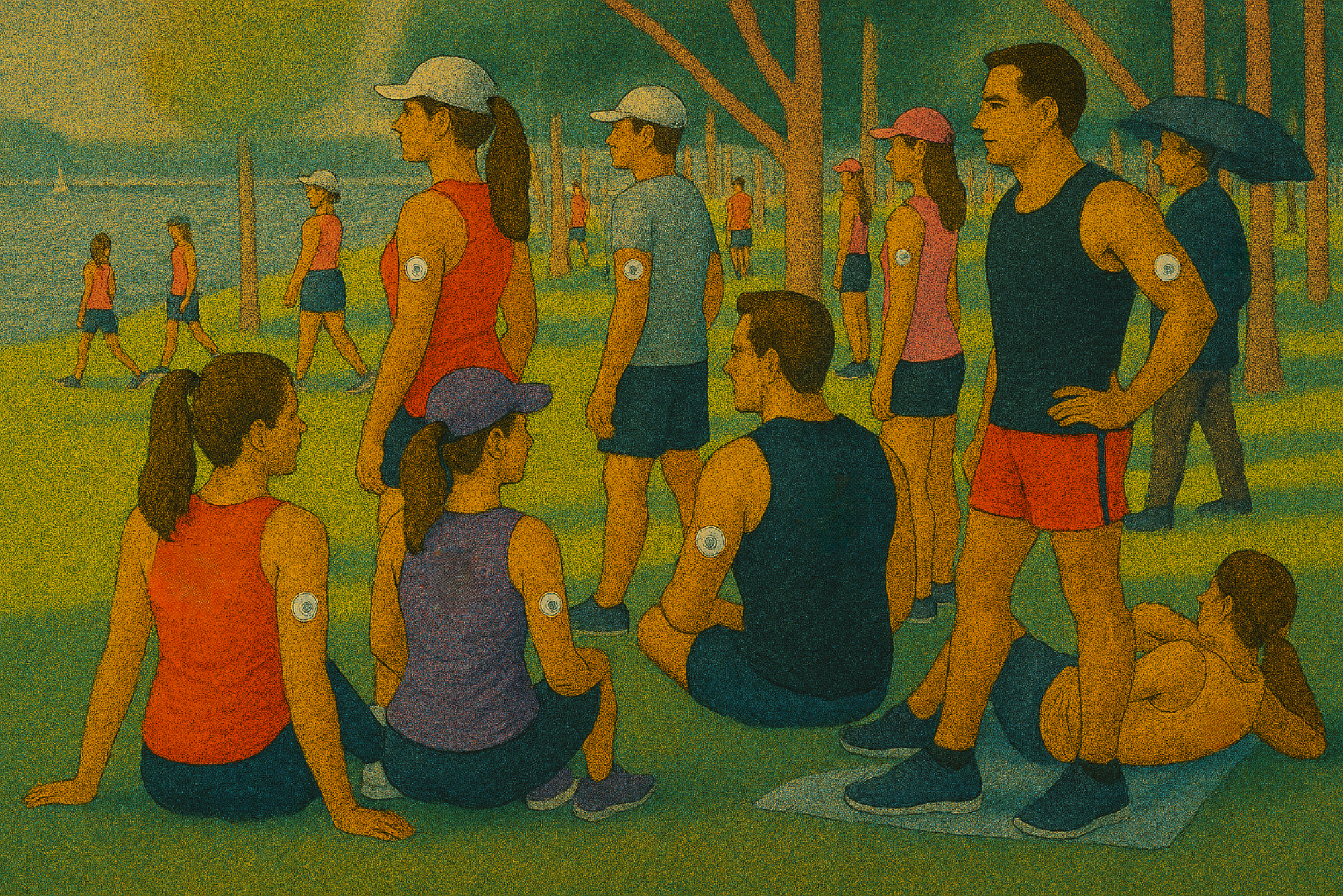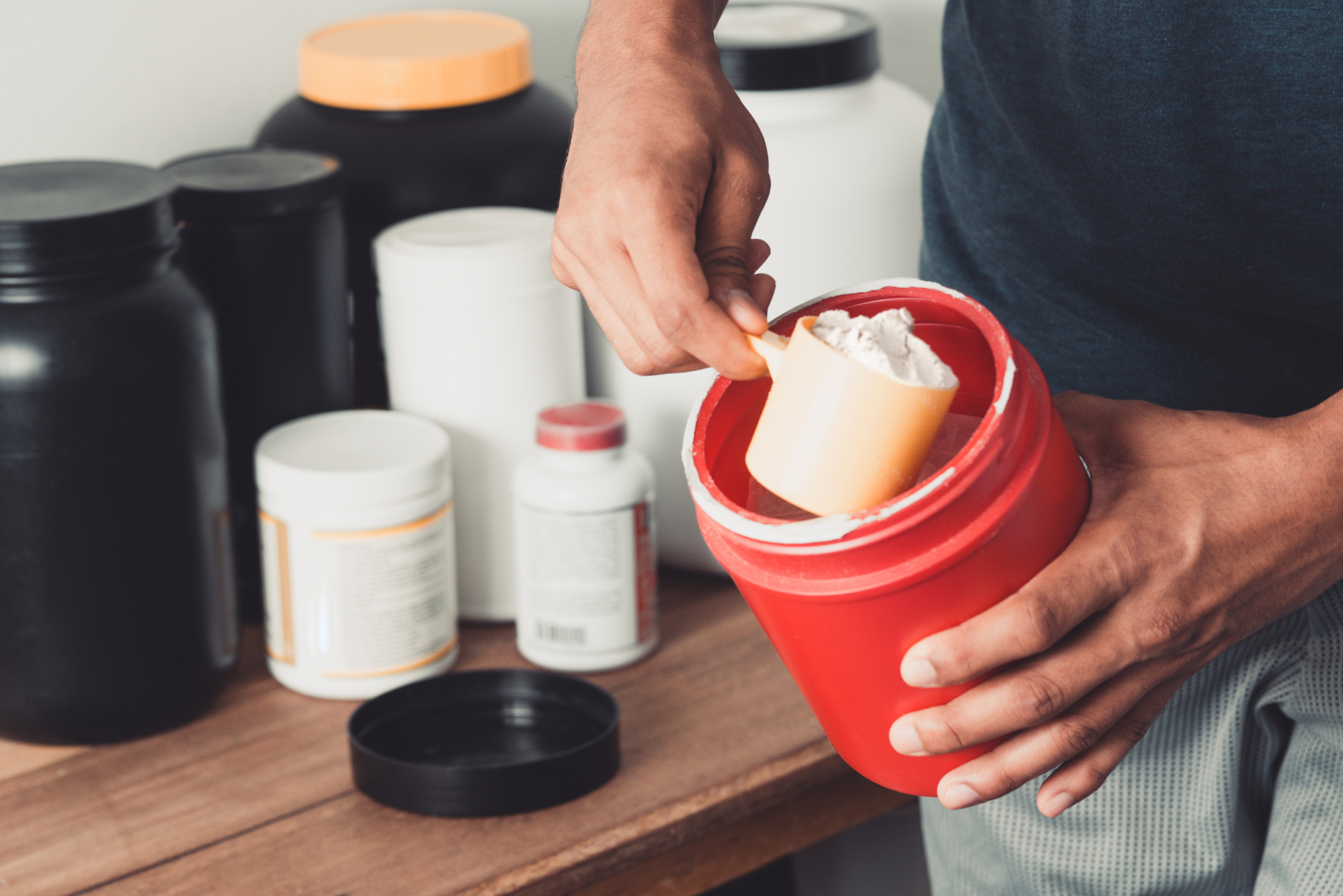More Than Medicine: Inside Banner Peak Health’s Community-Driven “Outperform” Concept
Outperform redefines health optimization with a metric-driven approach that goes beyond disease prevention to maximize your potential and well-being.
October 14, 2025
Why Is Meditation Beneficial? The Physical and Mental Benefits to Meditation
Uncover major benefits to meditation from less stress to better HRV and sleep. Learn our 12-step guide with the six-breath technique for optimal results.
July 22, 2025
Age-Proof Your Body: The Power of Resistance Training for Longevity
Understand the critical importance of strength training for longevity. Learn how resistance exercise preserves muscle mass and extends healthy lifespan.
July 8, 2025
How to Reset Your Circadian Rhythm: A Physician’s Tips
Discover how to reset circadian rhythm with five natural methods, from morning sunlight to consistent sleep schedules, and understand its impact on health.
June 24, 2025
The Ultimate Workout: How Rowing Machine Benefits Transform Your Fitness
Explore how rowing machine benefits provide the ideal workout for busy people and those with joint concerns by engaging 86% of muscles in one exercise.
May 27, 2025
Benefits of Continuous Glucose Monitoring: My Journey With Stelo CGM
See the benefits of glucose monitoring firsthand. A physician shares what he learned about his body’s response to food, stress, and exercise using Stelo CGM.
May 20, 2025
Zone 2 Training Benefits: The Complete Guide to Metabolic Health and Performance
Discover key Zone 2 training benefits for metabolic health and athletic performance. Learn the science, optimal dosage, and implementation of this method.
May 6, 2025
How to Lower APOB for Cholesterol Management and Cardiovascular Health
Learn how to lower APOB levels, the superior predictor of heart disease risk. Combat insulin resistance through weight loss, exercise, and dietary changes.
April 22, 2025
Creatine Supplementation: Not Just for Bodybuilders
Beyond bodybuilding: Discover how creatine supplements help preserve muscle mass in aging, boost memory, and support treatments for many health conditions.
April 15, 2025
How to Optimize Your Autonomic Nervous System’s Stress-Fighting Function
Natural and medical approaches to strengthen your body’s stress-fighting system, from breathing techniques to innovative vagus nerve stimulation devices.
February 18, 2025









